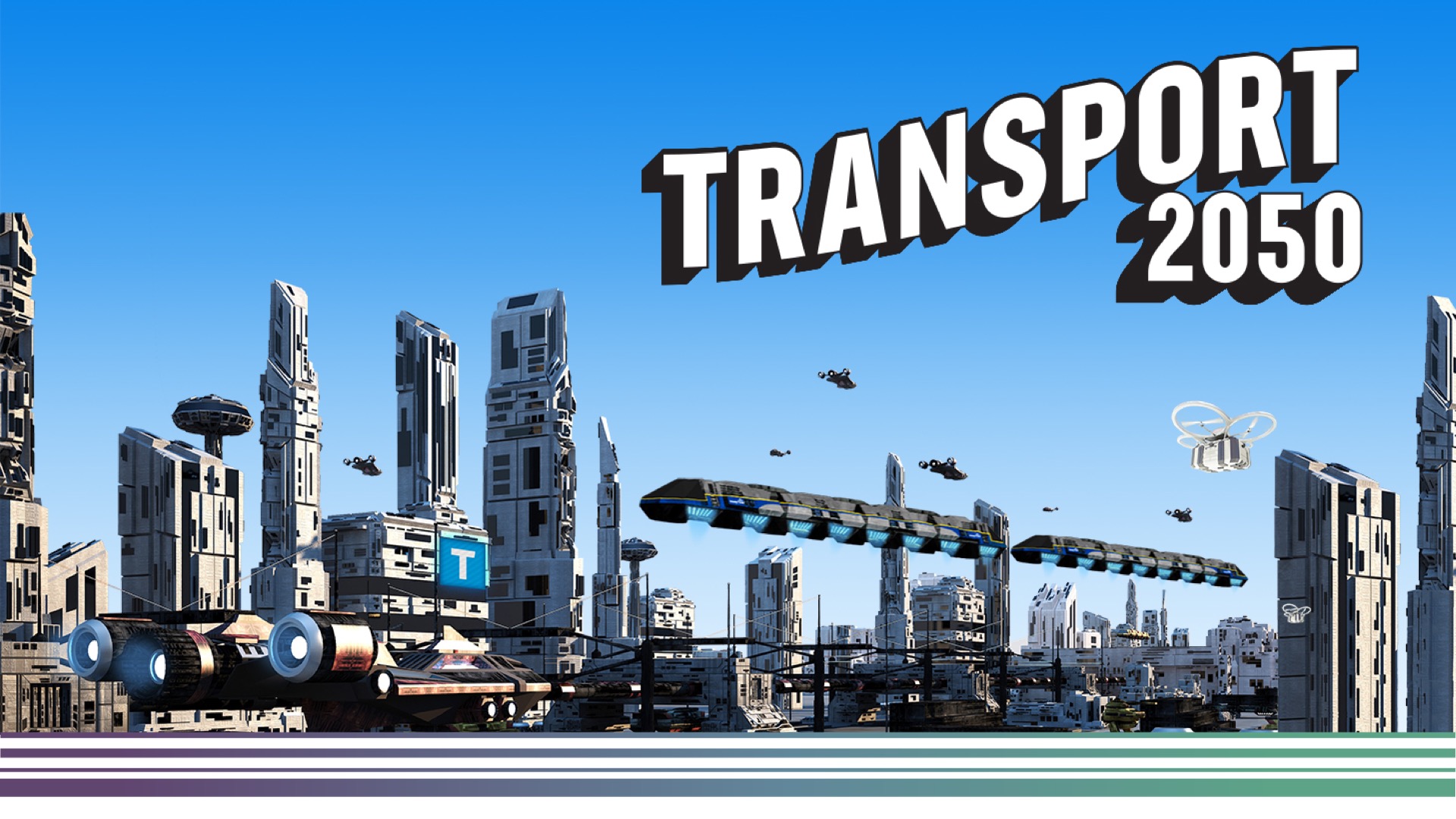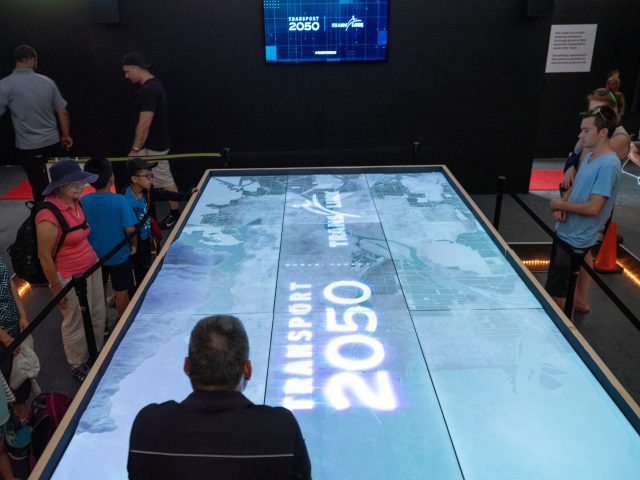How Transport 2050 will help prepare Metro Vancouver for the future
How Transport 2050 will help prepare Metro Vancouver for the future

On May 3, TransLink launched its largest ever public engagement, to develop Transport 2050, the new 30-year Regional Transportation Strategy for the Metro Vancouver region.
Transport 2050 will guide decisions for decades to come, setting out what transportation will look like in Metro Vancouver between now and 2050. And it will impact everyone, no matter how they get around: drivers, transit users, cyclists, pedestrians – Transport 2050 will explore what comes next for everyone who moves throughout our region.
When it comes to how we move around, the pace of change is rapid and accelerating.
Think of how much has changed in terms of how you plan, take, and pay for your trips. In just a few years, we’ve gone from paper schedules and paper tickets to Google Maps, real-time smartphone updates, and Tap-to-Pay. As mobility moves from the analog to the digital, better information and more choice are becoming the norm.
As recently as five years ago, ride-hailing services were virtually unknown. Today, they have provided trips to nearly 40% of Americans and have become some of the most highly-valued companies in the world. Connected, automated vehicles – potentially shared – represent a possible evolution of ride-hailing and are increasingly becoming a reality.

Electric vehicles (EV) are taking off. Some forecasts see EVs making up 55% of new car sales by 2040. At TransLink, we expect the cost of electric battery storage to drop by 50% within 10 years, which is part of the reason why we’re shifting to 100% renewable energy by 2050. As TransLink introduces battery-electric buses, we’ll be able to capitalize on lower operating costs and a smaller carbon footprint.
And across Canada, the number of people commuting by bike has increased dramatically – and cycling has become one of the fastest growing modes of transportation in Metro Vancouver. Beyond personal pedals, we’re also seeing a wave of micromobility options – docked and dockless bike and scooter sharing services, electrified or not – coming to urban centres. As we learned at our recent Future of Mobility Speaker Series event, micromobility is increasingly helping to support an ecosystem of diverse transportation choices in the region.
Most of these innovations have emerged in just the past decade.
Imagine, at this rate of change, what transportation might look like by 2050?
How will you get around? Will new technologies make your trips more convenient? Which transportation concepts from the past will thrive in the future, and which will go the way of the horse and the buggy?
To shape Transport 2050, we need your help to answer these questions.
Outside of transportation, the rate of global change is accelerating in many areas, including climate change, new technologies, and shifts in the global economy – all of which will affect how we move. This rapid change will bring both new opportunities and new challenges for us to navigate.
In dense cities there will always be a market for moving larger numbers of people together, reliably and efficiently on fixed routes, transit. With transit ridership growth that far surpasses any other market in Canada or the U.S., Metro Vancouver has shown how far good planning and appropriate investment can go. While public transportation won’t be disappearing from cities anytime soon, forward-thinking agencies are increasingly taking on new roles to help leverage the best of the change that is happening around us.

Transport 2050
This is where you come in.
We want to hear about your bold and creative ideas for the future of transportation – including those enabled by technology that is just emerging or maybe doesn’t exist yet. In a period of profound change, we want to know how transportation can support the kind of life you want to live.
Whether you get around by car, rollerblades, transit or teleportation, we want to hear from everyone who works, lives, studies, or plays in Metro Vancouver. This is your future and your region. Have your say today.
Visit transport2050.ca to shape the future of how we move. And live.
Kevin Desmond, Former TransLink CEO
Kevin Desmond is the former Chief Executive Officer of TransLink, Metro Vancouver’s transportation authority that moves 500,000 people every day. He oversaw planning, financing, and management of a region-wide multimodal transit network that includes bus, rapid transit, passenger ferry, para-transit, and commuter train service, with over 8,000 employees.






Hi I’m 52 years old in 2050 let’s get it in to build more in 2030 to 2050 thanks for anything some any questions let me know